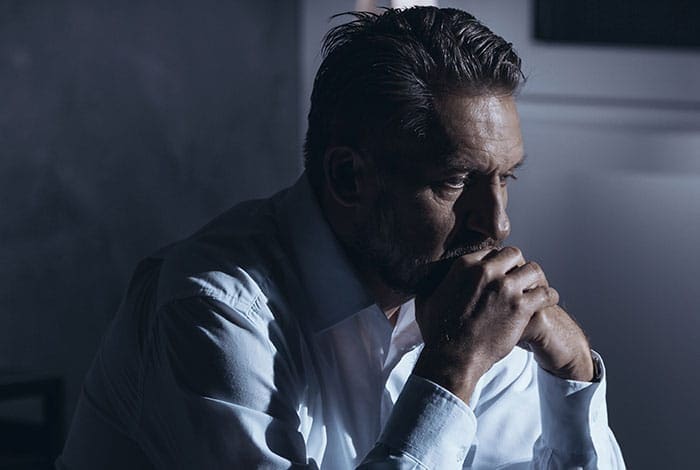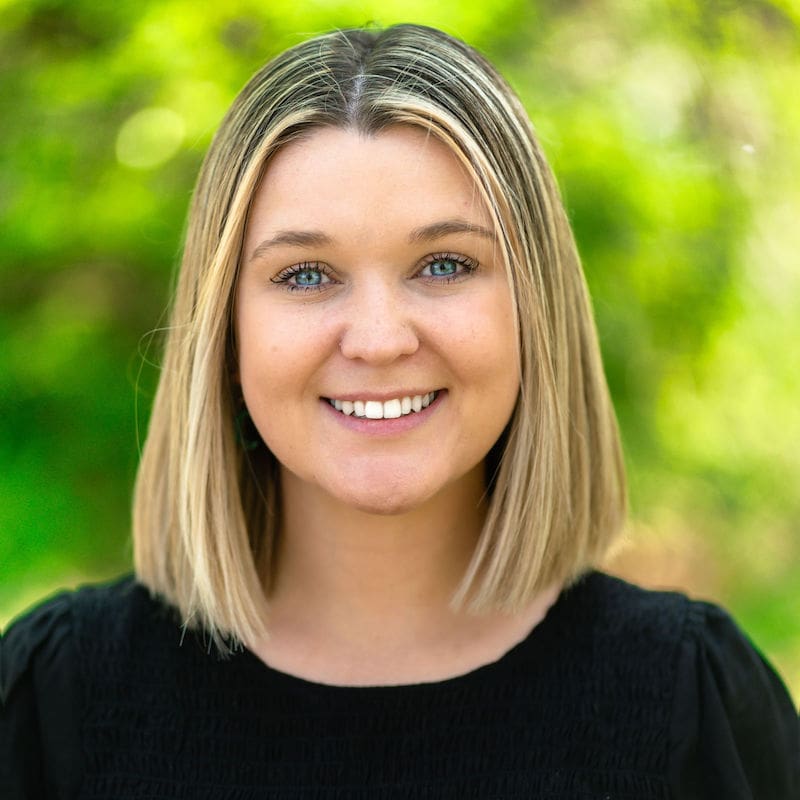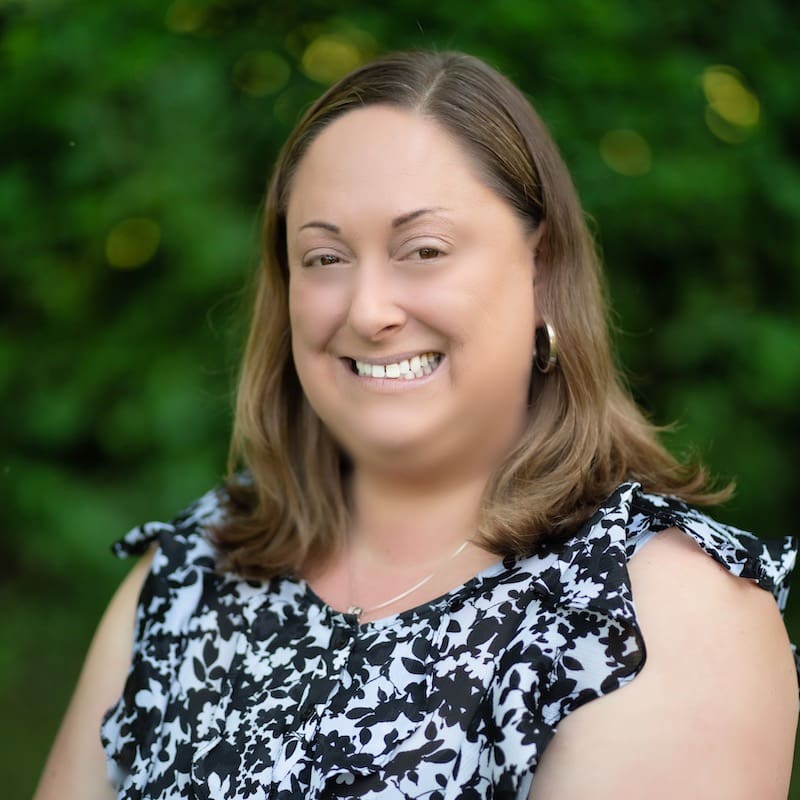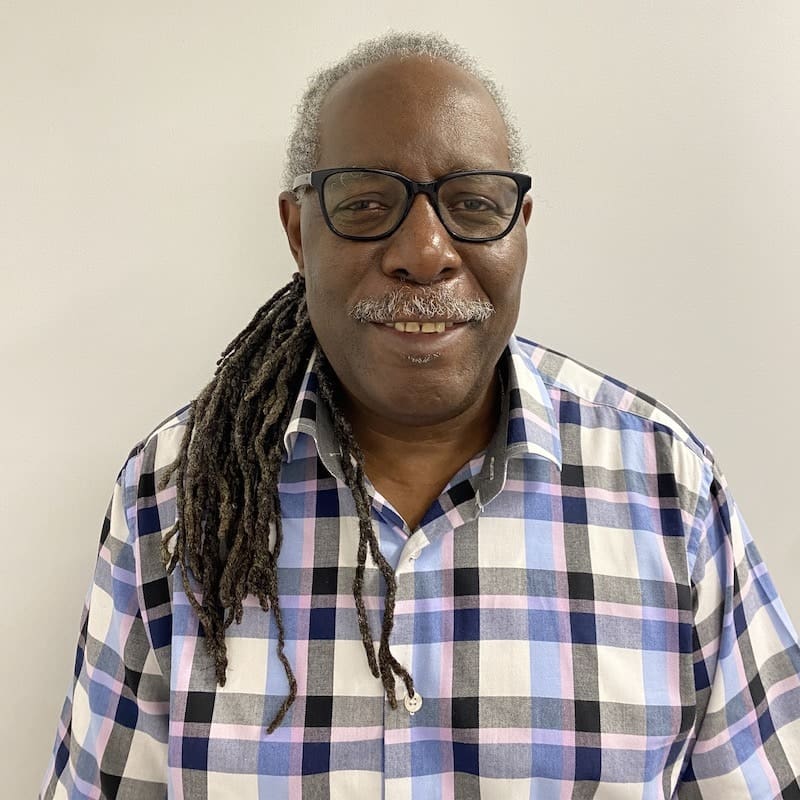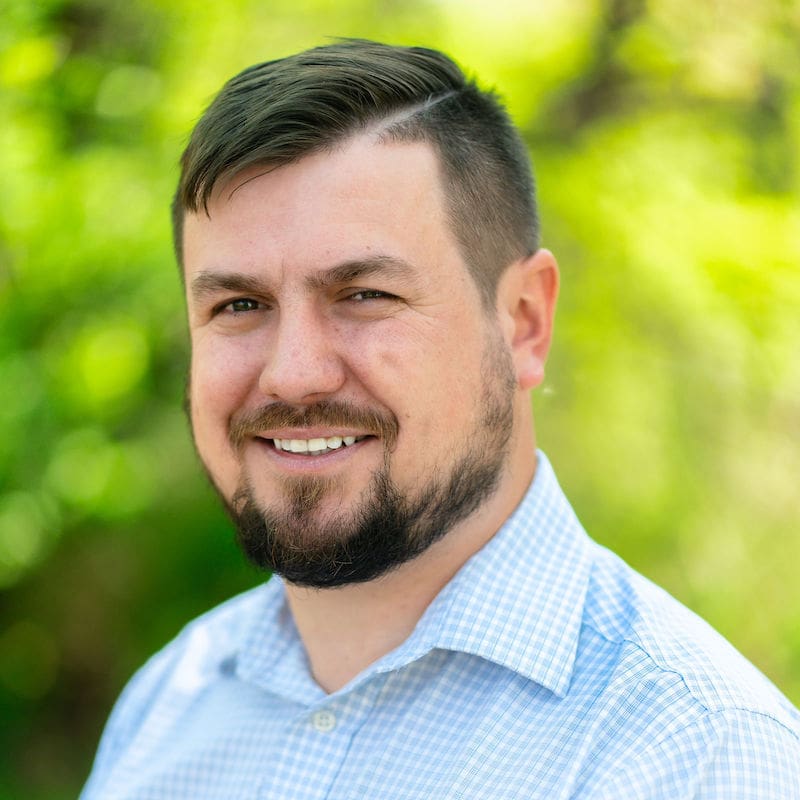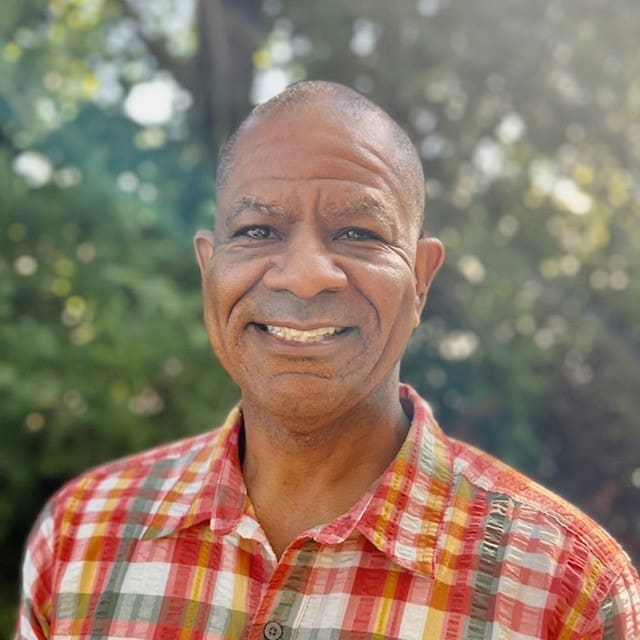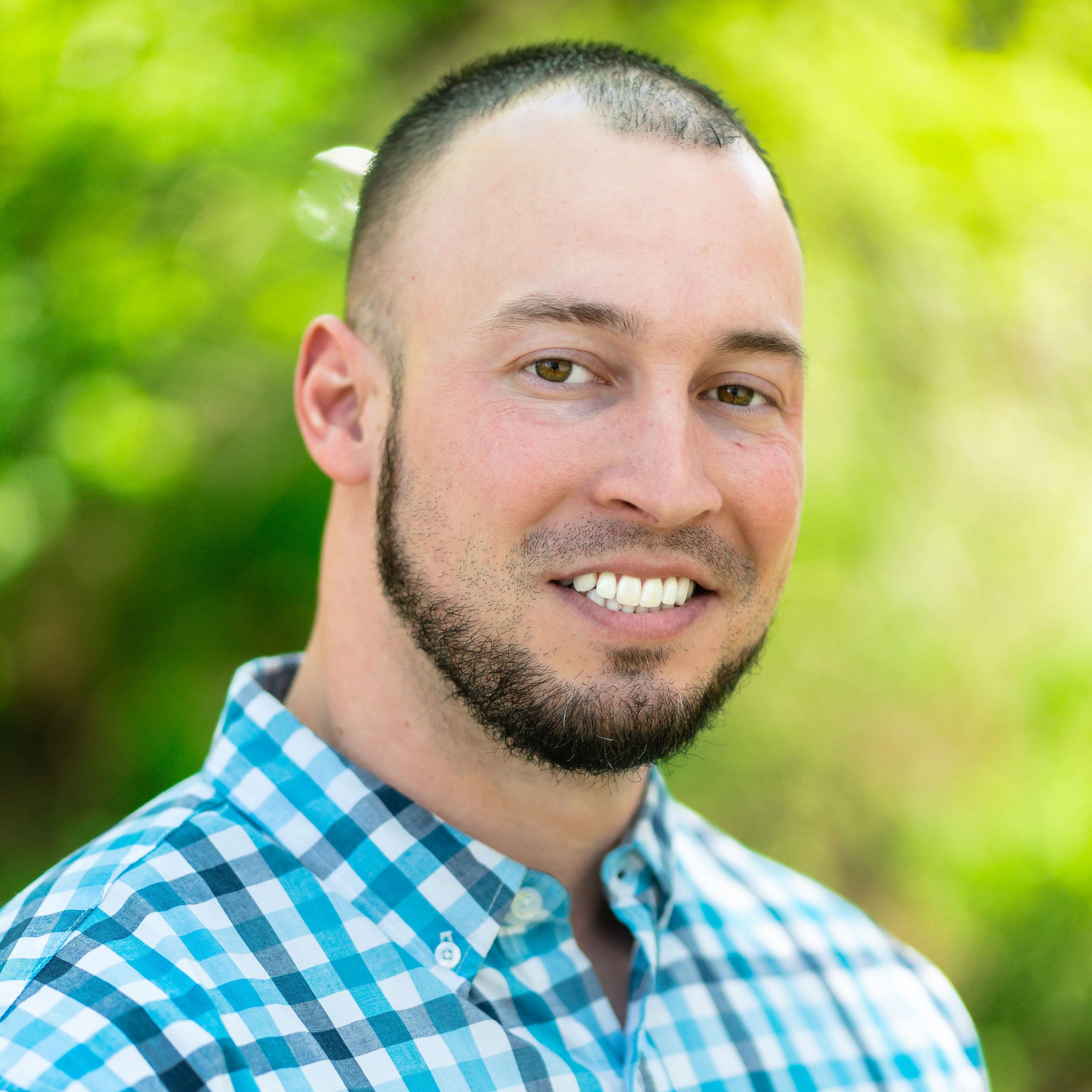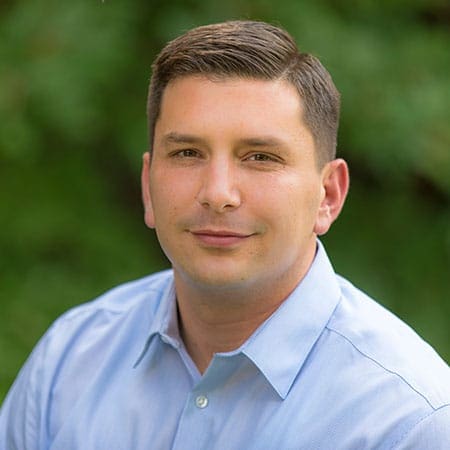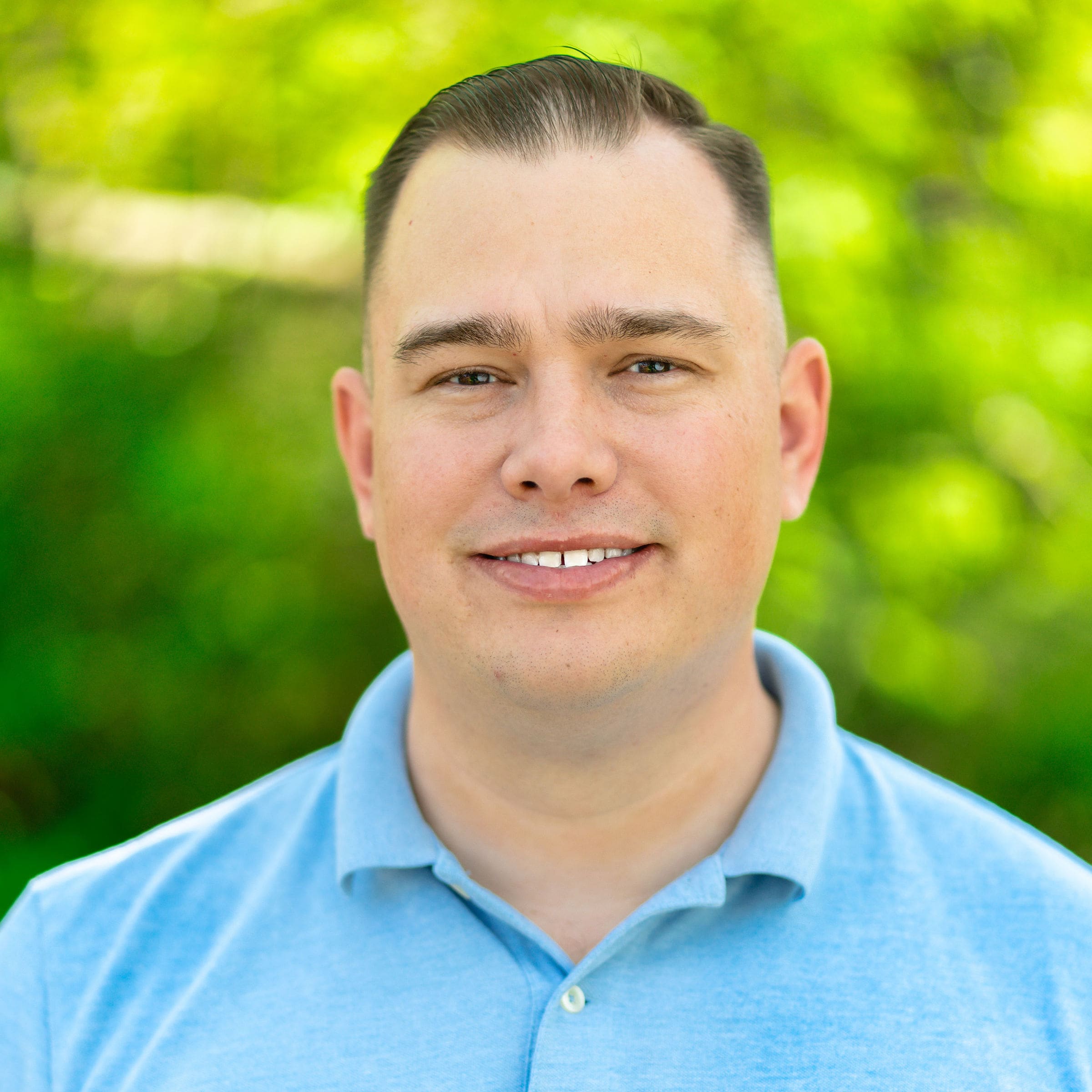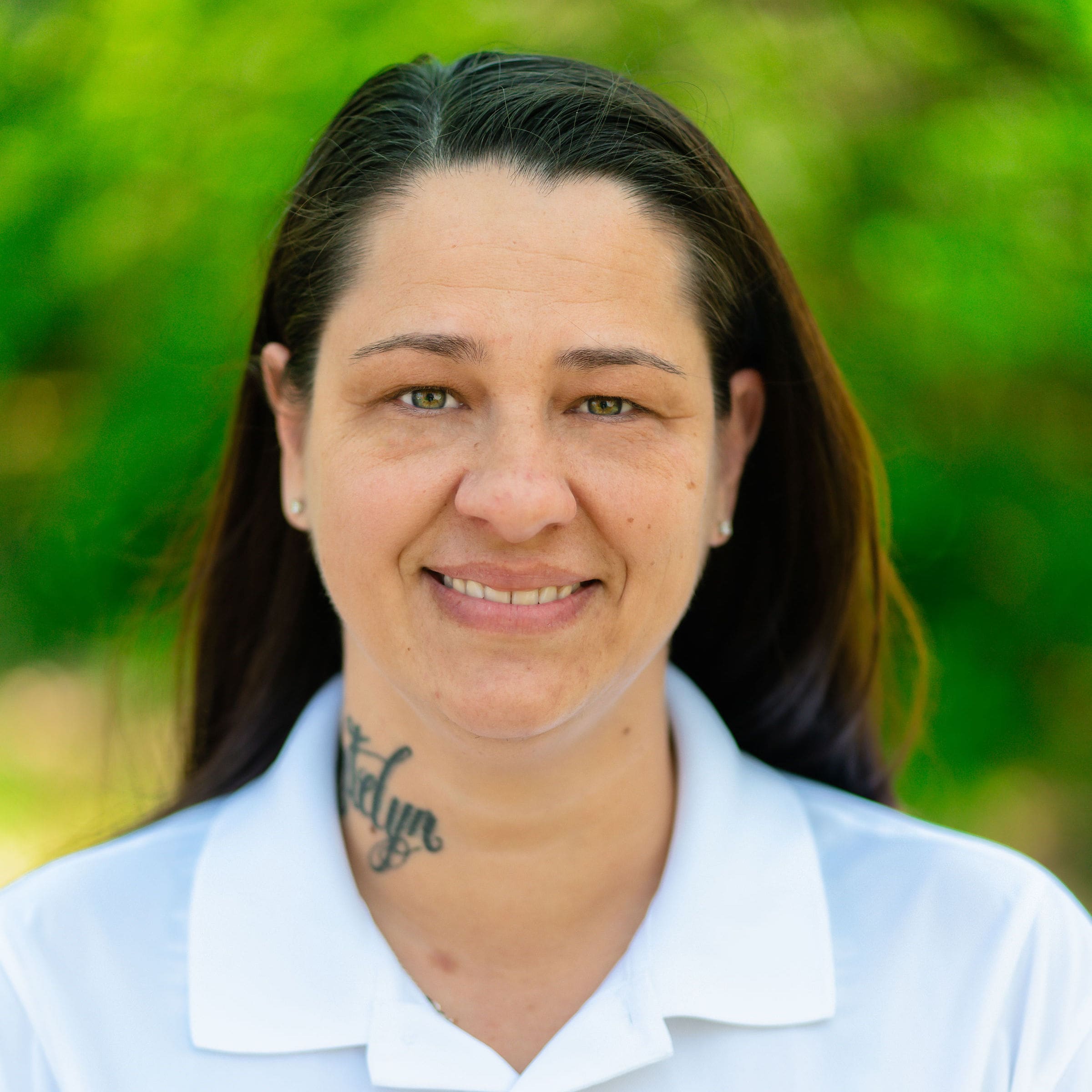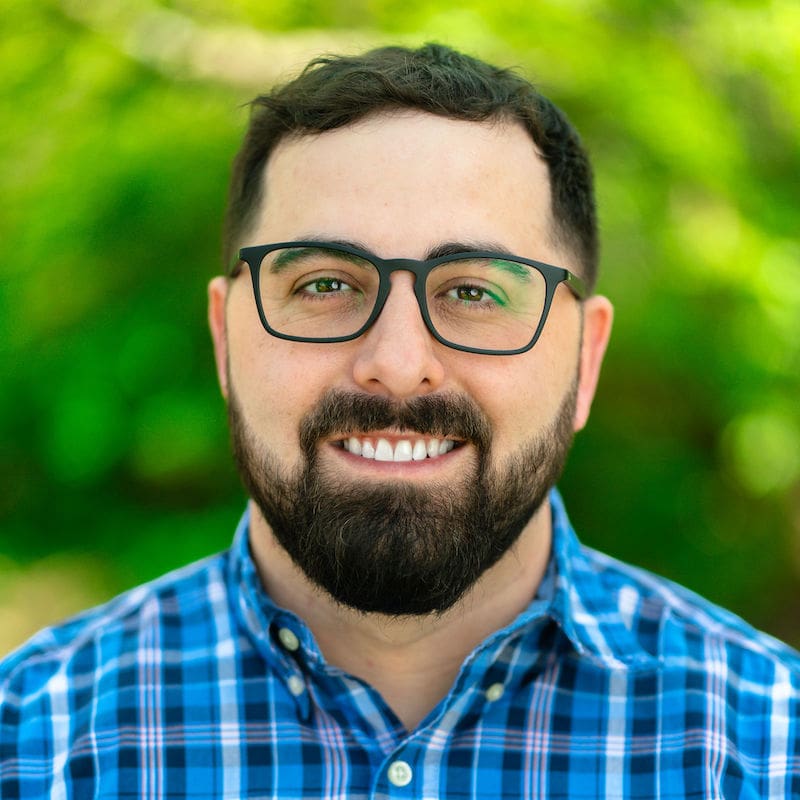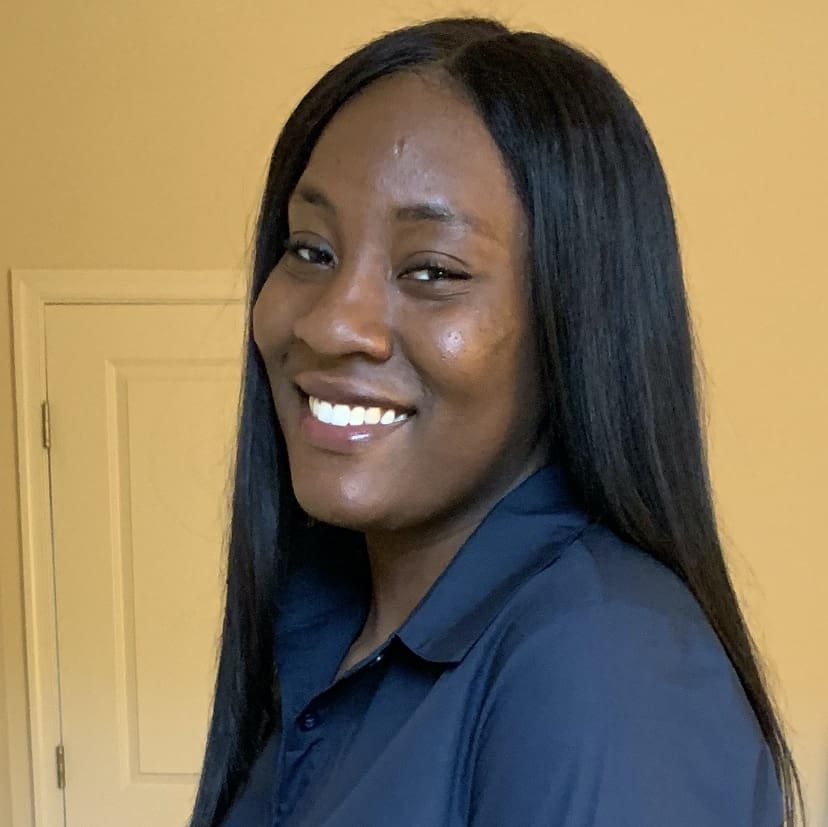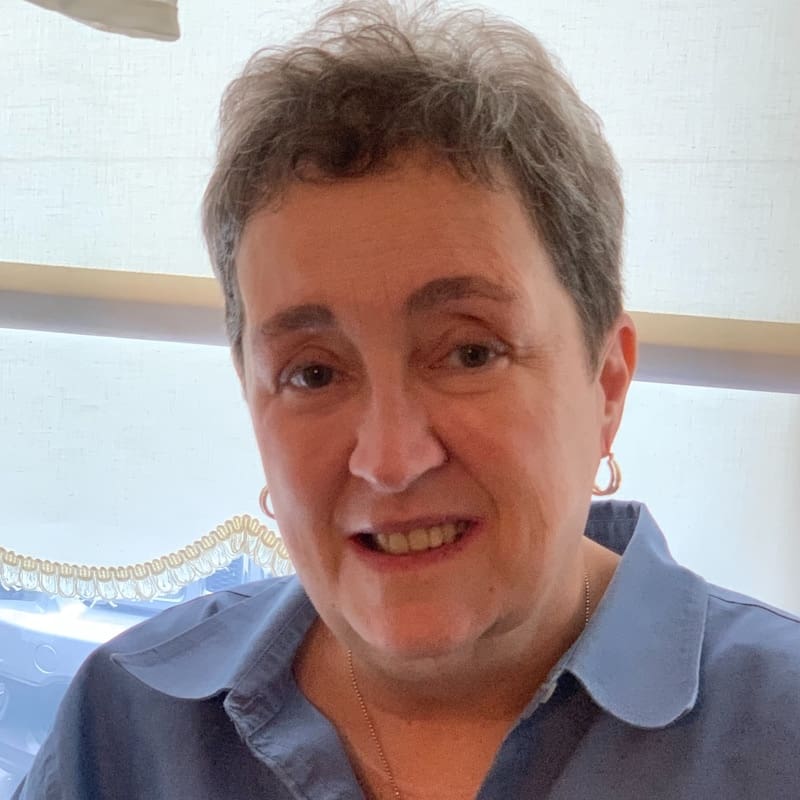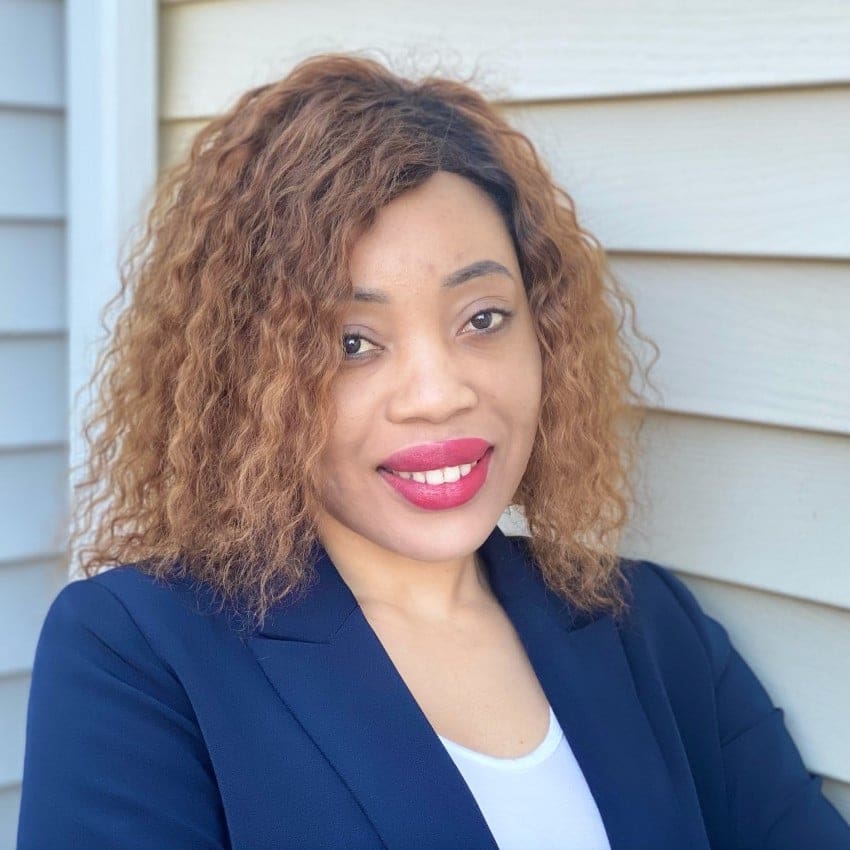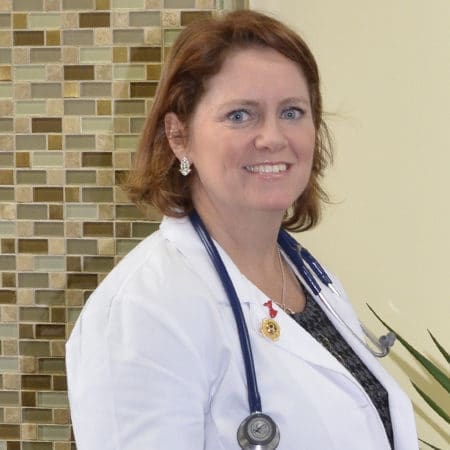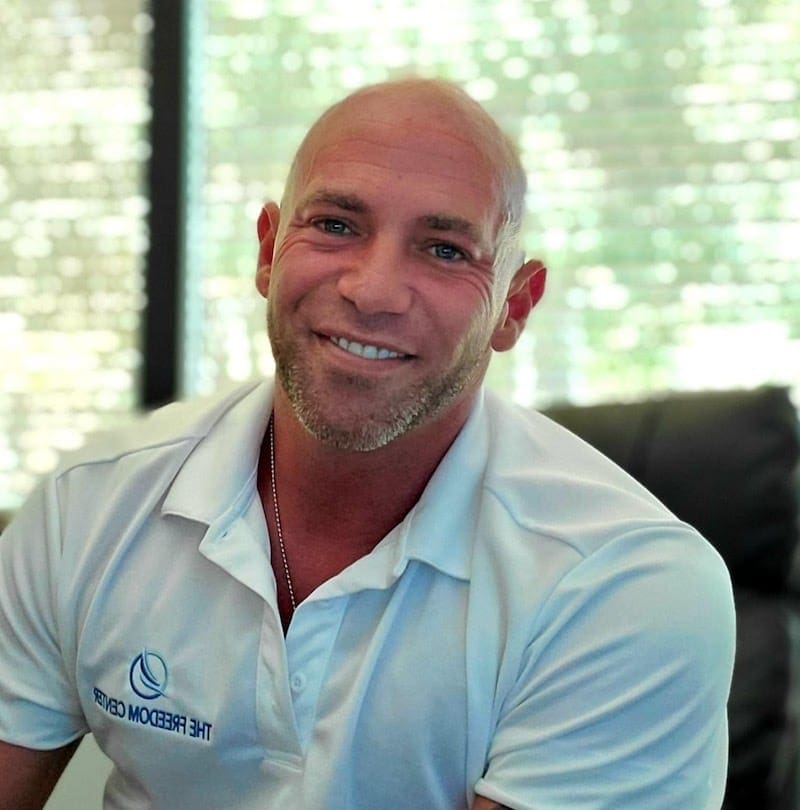PTSD & Addiction
What is PTSD?
PTSD (Post-Traumatic Stress Disorder) is a mental illness caused by exposure to traumatic events. It can be triggered even if the event was only witnessed and not experienced directly. However, not everyone that experiences something traumatic will necessarily develop PTSD. Feelings of anxiety or depression are natural reactions to traumatic events. But it is only the persistence of such symptoms that should cause concern. Experiencing these symptoms for over a month can be a sign of PTSD development. But for some, it might take months or years after the experience for symptoms to start. There is not just one specific way for this disorder to happen. Likewise, there are also a number of different symptoms one may manifest. Generally, PTSD is characterized by prolonged stress, to the point of becoming chronic. The disorder itself can be debilitating and stop some from finishing regular tasks.Although the symptoms of post-traumatic stress disorder will differ between each individual, the most common include:
- Extreme changes in emotional reactions (some reactions being exaggerated or unreasonable)
- Altered thinking or mood (negative thoughts, feeling numb, difficulty relating to others)
- Changes in sleeping or eating habits
- Avoid talking about the event
- Trouble concentrating
- Irritability
- Intrusive memories or flashbacks, even nightmares
- Extreme reactions to things that might remind them of the episode
- Tendencies to self-destructive behavior
As for why someone might develop PTSD, that can vary as well. For some, it can happen when they are young while being in a toxic environment. For others, it might be as adults experiencing tragedies or military combat. Abuse, assault, and natural disasters are also common causes of post-traumatic stress disorder and can happen at any age.
PTSD in Maryland And The U.S.
Even if it is not the most commonly diagnosed disorder, PTSD is a problem afflicting many Americans. About 3.5% of adults in the U.S. experience PTSD, totaling at about 8 million per year. It is estimated that 7 or 8 out of every 100 people experience PTSD sometime in their lives. These statistics are on a national level, and the effects of PTSD affect all states, including Maryland.
And rates can be even higher among youths. Studies show that 3% to 15% of girls who survived trauma experience PTSD. That number goes down to 1% to 6% for boys. Among abused children, 65% of the ones in child protection services suffered from neglect. That and abuse (physical, sexual, or psychological) are the main causes of PTSD in children.
While reasons for adults to develop PTSD may vary, there are more common causes. Veterans, firefighters, police, or medical practitioners, for instance, report higher rates for PTSD because of their experiences at work.
Gender-wise, it seems that women are more prone to developing PTSD. 10% of women develop PTSD at some point, and 4% of men experience it. For women, sexual assault or abuse are the most common experiences of trauma.
PTSD and Addiction Disorders
Addiction, just like PTSD, is considered a mental, brain disorder. It is called a substance use disorder. Most people don’t realize it, but it works on the brain the same way other disorders do. Through neurological and chemical imbalances, it affects the way the mind and the body work. Addiction can damage parts of the brain linked to behavior, decision-making, judgment, self-control, thought processing, and more.
When it comes to PTSD and addiction, there is a clear relation between the two. About half (46.4%) of those with PTSD are also diagnosed with a substance use disorder. The co-occurrence of the two is called dual diagnosis. A dual diagnosis can occur with many pairs of disorders. From alcoholism and depression to bipolar disorder and substance abuse, there are many dual-disorder scenarios.
Which Occurs First?
For most dual diagnosis cases, it is hard to tell which disorder developed first. However, for PTSD and addiction disorders, it is usually the former that triggers the latter. Developing PTSD results in lower production of endorphins in the brain, known as the “happiness hormone”. This causes someone to self-medicate to regain the same level of endorphins. What most do not know is how substances can make the disorder worse. Alcohol, for instance, acts as a depressant, which is why it makes people feel relaxed. For those with PTSD and addiction, this means symptoms of depression (common to both) will get more intense. The lack of control that comes from being high or buzzy is also a problem. They might put themselves in danger, or experience stronger flashbacks or panic. A study from 1995 established that alcohol is more commonly abused among those suffering from PTSD. About half of men (52%) and a third of women (28%) who participated were dependent. As for drug abuse, the numbers went down to 35% and 27%, respectively. Many aspects of the disease might make PTSD and addiction happen together. Guilt, extreme unpleasant emotions, feeling disconnected, and the list goes on. Other factors also include family history, exposure to toxic environments, and neurological and chemical imbalances. Some of these factors are also common to both PTSD and addiction.Is There Treatment For PTSD and Addiction?
Great news: treatment for PTSD and addiction disorders is available. Even if they occur together, it is possible to treat them. However, they should be addressed separately since they are two different disorders with different symptoms.
PTSD and addiction both require medical and psychiatric attention throughout the program. These are the basis for any treatment program. In the case of substance abuse still ongoing, detox is needed as a first step.
For more extreme cases, inpatient treatment programs are the recommended option. They require a patient to stay in the facility 24/7, making them safer for severe scenarios. People with PTSD and addiction disorders might be a danger to others and themselves at certain points. The impulsiveness and bursts of violence common to both puts many at risk.
Should the patient have moderate to mild PTSD and addiction symptoms, they can go for an outpatient program. These are also good for inpatient recovery patients transitioning into daily life. Outpatient programs don’t require 24-hour stay, and patients only need to go to the facilities for treatment sessions. This option allows the patient to keep to their routine as they get treated.
One can choose from different service settings for outpatient treatment, depending on their needs. Partial hospitalization (PHP), for instance, can be as intense as residential treatment, requiring almost daily visits. Treatment sessions might last several hours in PHP. This program is a good option for those who can’t afford inpatient treatment, too.
Intensive outpatient treatment is less demanding, as visits might happen every few days. Sessions can also be shorter, lasting a couple of hours. However, this would only work for people with a good support system in a healthy environment. Otherwise, there can be a great chance of relapse.
Treating PTSD and Addiction With More Than Therapy
Medical and psychiatric attention is the basis of every treatment. But recovery goes beyond the treatment program and lasts a lifetime. This should in no way be discouraging, as there are additional ways to keep on working on yourself. PTSD and addiction can be managed with more than therapy and medicine.
There are a number of activities that can help prolong the effects of treatment. Group therapy and group meetings are important for self-discovery and support. It is also a good way to rebuild your social network for this next stage of life. Not feeling like you’re alone in your struggle is important to avoid relapse.
Another way to improve your process is by getting healthier in every way. Exercise and nutrition plans can help the body and the mind align for recovery. They both help with chemical imbalances, anxiety, and even self-image issues. Becoming more confident is key to avoid relapse and to feel good.
Holistic treatment is another great option for treatment purposes. Whether done individually or in groups, it works on different levels. By working on focus, respiration, and positive mindset, PTSD and addiction patients can help themselves improve quicker.
These activities and techniques should not just last until the end of treatment. Prolonged practice can be a way to avoid relapse, yes. But it is also a way to stay healthy and feel yourself improve every day. Positive feelings and results are good for morale, and wanting to stay that way is vital for recovery.
Get Help Right Now at The Freedom Center
PTSD and addiction are both intense disorders that can do great damage. While it might seem hard, getting help for both disorders is possible, and you deserve it. We at The Freedom Center want to provide all you need to recover and feel good once again. Our programs can include a dual-diagnosis plan according to your needs.
If you or a loved one suffer from PTSD and addiction, do not hesitate to contact us. You can visit our website or give us a call at any time. Our team will be able to help you and answer any questions you might have. This can be your first step towards the change you need to become healthy again.

